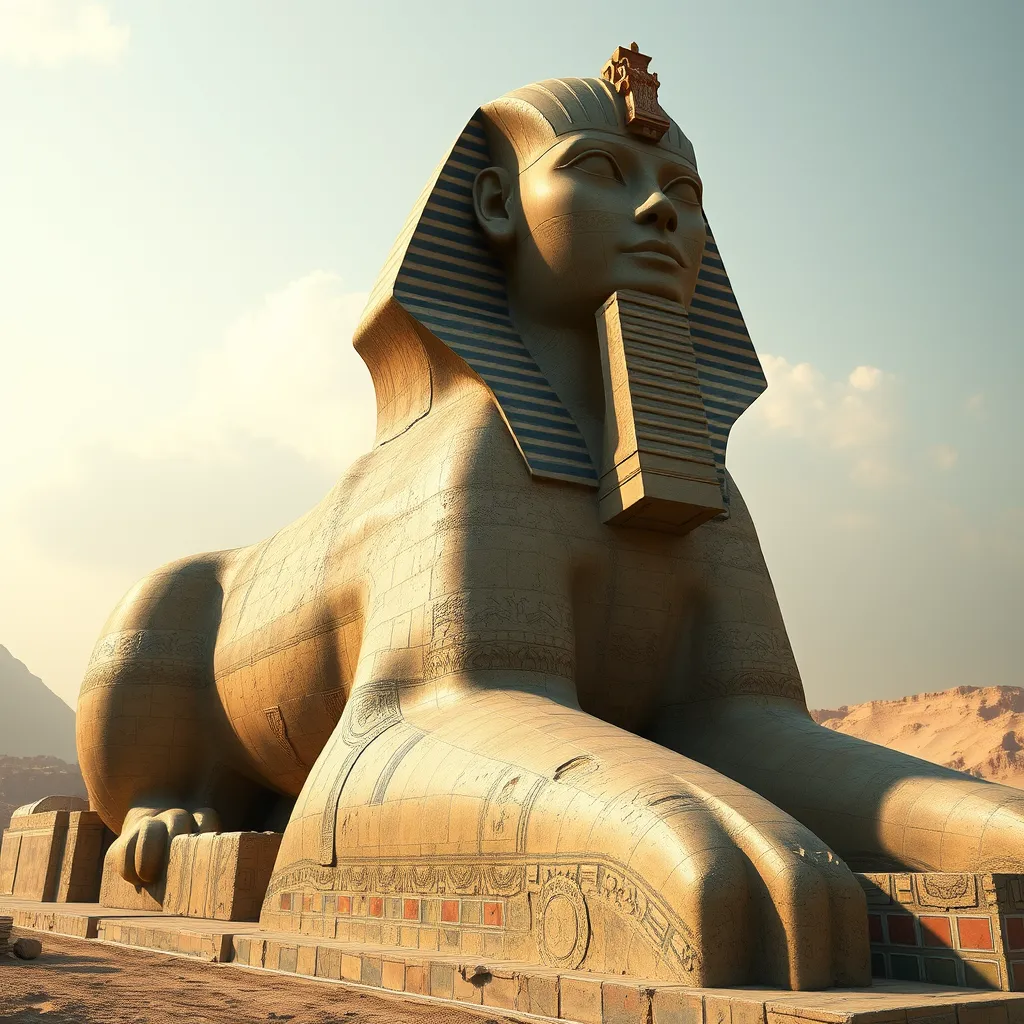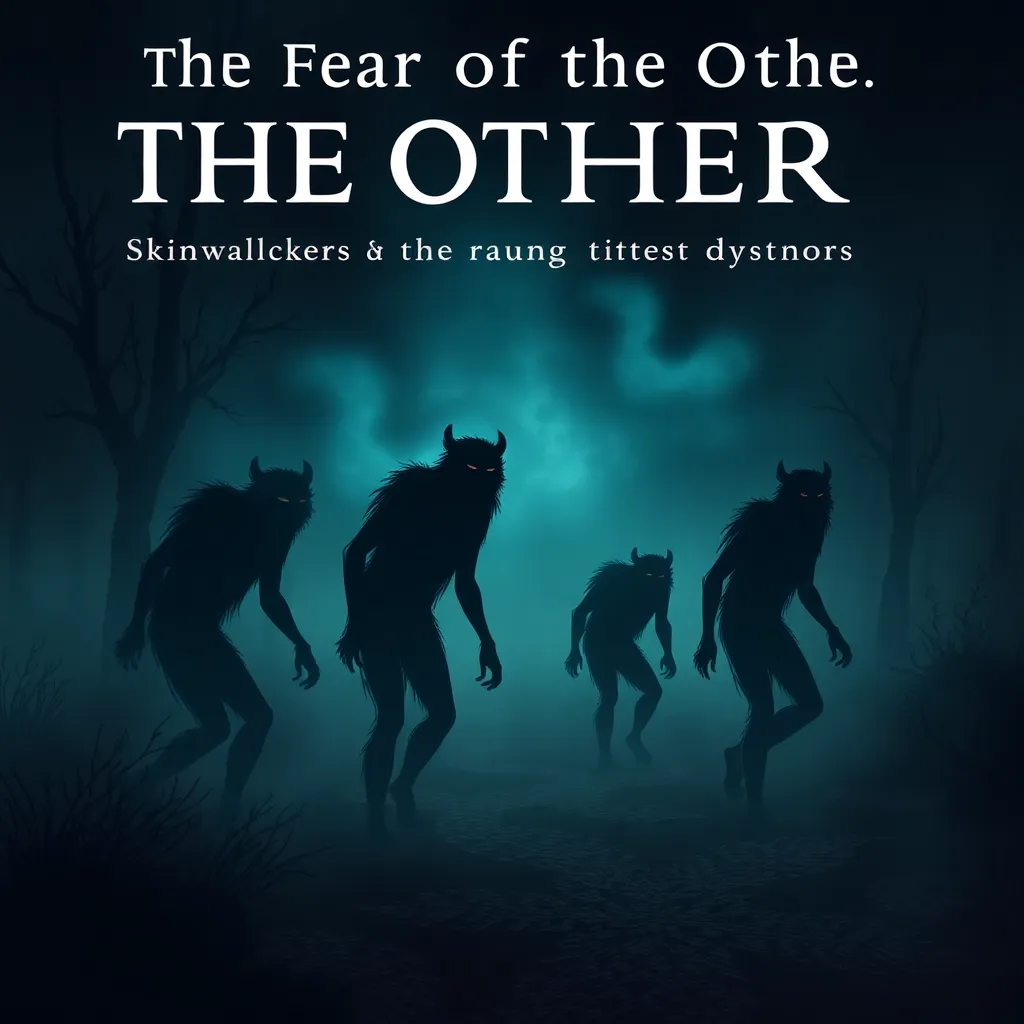The Origins of the Theban Sphinx: Tracing its Origins in Egyptian Mythology
I. Introduction
The Theban Sphinx is one of the most enigmatic figures in ancient Egyptian culture, embodying a complex blend of symbolism, mythology, and artistry. Known for its distinctive appearance, with a lion’s body and a human head, the Sphinx serves as a potent symbol of power and protection. This article aims to explore the origins of the Theban Sphinx within the broader context of Egyptian mythology, its historical significance, and its lasting influence on subsequent cultures.
II. The Sphinx in Egyptian Mythology
The Sphinx, in general, represents an amalgamation of various symbolic meanings, often associated with strength, wisdom, and guardianship. In Egyptian mythology, sphinxes were viewed as protective beings that guarded sacred spaces, tombs, and temples.
When comparing the Theban Sphinx to other sphinxes found in Egyptian art, several differences and similarities emerge:
- Design Variations: The Theban Sphinx is often depicted with more intricate facial features compared to its counterparts.
- Symbolic Associations: While all sphinxes carry connotations of protection, the Theban Sphinx is specifically linked to the myth of Oedipus, thus carrying additional narrative significance.
- Artistic Styles: The artistic representation of the Theban Sphinx often reflects the stylistic preferences of the period, showcasing the evolution of Egyptian art.
In mythology, the Sphinx plays a crucial role, particularly in the tales of Oedipus, where it poses riddles to travelers, signifying the challenge of knowledge and the consequences of ignorance.
III. Historical Context of Thebes
The city of Thebes, known as Waset in ancient times, was one of the most important urban centers in ancient Egypt. It served as a religious and political hub, particularly during the New Kingdom period. The city’s grandeur is exemplified by its vast temples, tombs, and monumental architecture.
The significance of Thebes in ancient Egyptian civilization cannot be overstated. It was home to the powerful pharaohs who ruled Egypt, and its temples, such as Karnak and Luxor, were dedicated to the worship of gods like Amun-Ra. The Sphinx, as a guardian of these sacred spaces, is deeply connected to the divine right of the pharaohs, symbolizing their role as mediators between the gods and the people.
IV. The Theban Sphinx: Physical Characteristics
The Theban Sphinx is renowned for its majestic structure and intricate design. Typically, it features:
- Body of a Lion: Symbolizing strength and courage.
- Human Head: Representing intelligence and wisdom.
- Size: The Sphinx is often larger than life, emphasizing its importance and power.
Interpretations of its features vary, but many scholars agree that the Sphinx’s facial representation often resembles that of a specific pharaoh, thus reinforcing the connection between the ruler and divine authority. Its placement in the landscape was also intentional, often situated near temples and tombs to enhance its protective role.
V. Mythical Narratives Associated with the Theban Sphinx
One of the most famous stories associated with the Theban Sphinx is the riddle it posed to travelers:
- “What walks on four legs in the morning, two legs at noon, and three legs in the evening?”
This riddle serves as a metaphor for the stages of human life: crawling as a baby, walking as an adult, and using a cane in old age. Oedipus, the tragic hero of Greek mythology, encounters the Sphinx during his journey and answers the riddle correctly, leading to the Sphinx’s demise.
This narrative not only highlights the intelligence and bravery of Oedipus but also reflects broader themes of knowledge, fate, and the consequences of defiance against divine forces.
VI. The Influence of the Theban Sphinx on Later Cultures
The impact of the Theban Sphinx extends far beyond ancient Egypt. In Greek mythology, the Sphinx is depicted as a malevolent creature, and its story is recounted in various works of literature, including Sophocles’ “Oedipus Rex.” Here, the Sphinx symbolizes the inescapable nature of fate and the tragic flaws of its characters.
Later cultures, including the Romans, adapted the Sphinx motif, incorporating it into their own artistic and architectural expressions. The Sphinx became a symbol of mystery and knowledge, influencing Renaissance artists and writers who sought to explore themes of enigma and wisdom.
In modern interpretations, the Theban Sphinx continues to captivate audiences, appearing in films, literature, and art, where it is often associated with the themes of mystery, knowledge, and the quest for truth.
VII. Archaeological Discoveries and Research
Archaeological research related to the Theban Sphinx has revealed significant findings that deepen our understanding of its origins and cultural significance. Key discoveries include:
- Artifacts: Items unearthed near the Sphinx have provided insights into the ceremonial practices of ancient Egyptians.
- Inscribed Texts: Hieroglyphs found in proximity to the Sphinx elaborate on its role and the mythology surrounding it.
- Structural Analysis: Studies of the Sphinx’s construction have offered clues about the technological advancements of the era.
Modern scholarship continues to explore the purpose of the Sphinx, with ongoing debates about its role as a guardian, a symbol of the divine, or a representation of the pharaohs’ power.
VIII. Conclusion
In summary, the Theban Sphinx stands as a monumental emblem of ancient Egyptian civilization, intertwining mythology, history, and artistry. Its role as a guardian, its connection to the pharaohs, and its influence on later cultures make it a subject of enduring fascination.
The legacy of the Theban Sphinx continues to resonate, highlighting the importance of studying such historical figures to gain a deeper understanding of ancient societies and their cultural narratives. As we delve into the mysteries of the past, the Sphinx remains a powerful symbol of the quest for knowledge and the complexities of human existence.



